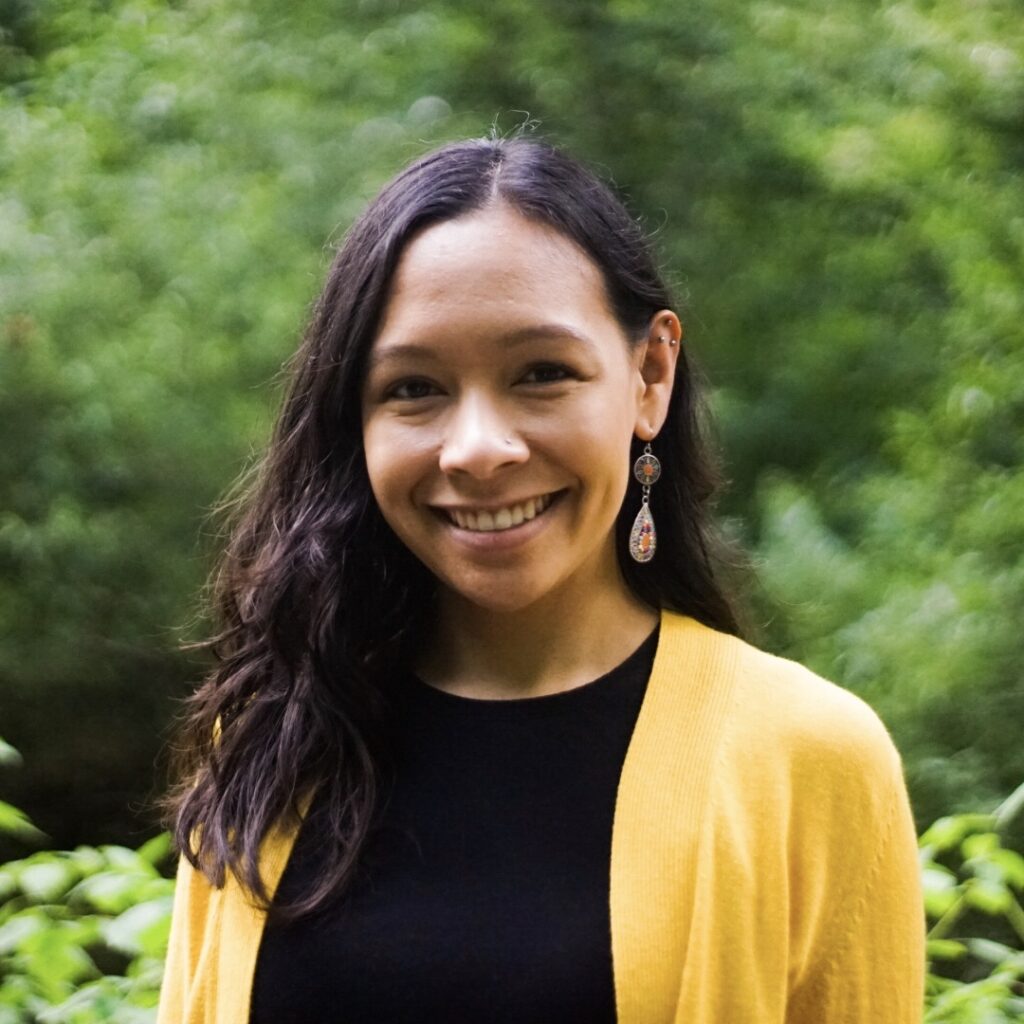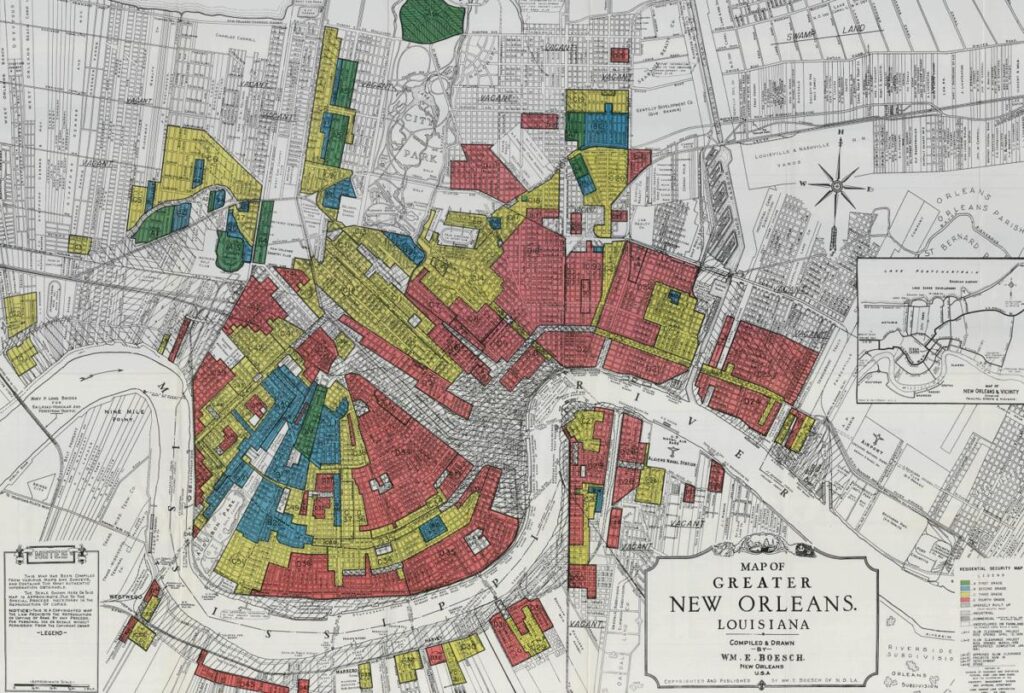Urban Redlining with Jena Hughes

Urban Redlining has a long history, Jena Hughes helps us uncover this practice and the impact it had on communities. In this episode of the Climate Front Line we bring housing justice and climate justice together.
Jena is an urban planner in Beaverton, Oregon. In this episode she dives into the history of redlining in urban areas.
Redlining
Red, yellow, and green are more than just colors in the urban planning lexicon. Particularly redlining is a practice that created the situations that marginzalied communites live in the United States today.
Redlining is a practice that urban planners had for zoning areas that were ‘less desirable’ or ‘less aesthetically pleasing’. On the other hand, greenlining is historically a practice of zoning areas for affluent single-family homes.
Breaking down the language brings clarity to what neighborhoods were built, and more importantly, for whom.
Mapping Redlining in the U.S.
Whether it is New Orleans, Oakland, Vancouver or Portland, examples of redlining can be found throughout the U.S. Curious to know the history of redlining near you? the University of Richmond has a tool available to map the redlining history.

Racial Justice
As Jena outlines in this episode, those communities are that are closest to the climate front line are largely living in more polluted areas. The urban planning decisions affects their climate, whether they are intentional or not.
“Housing justice is like climate justice, and in many ways, it boils down to racial justice.”
Jena takes the lit off the history of urban planning. Her paper Historical Context of Racists Planning: How land use planning segregated Portland, was recently featured by the American Planning Association.
She provides insights to what the industry is like, and what opportunities are available for youth.
Jena outlines the need to rethink what urban planning is, and calls on social justice advocates and artist to reinvent the industry.
Jena Hughes
When she is not taking action to create justice in the urban planning space, you can find Jena kickboxing, singing karaoke, or connecting about the Filipino / Asian Pacific Islander culture.
She welcomes connecting with youth who are interested in the urban planning field.
While you are here
What other cities have you visited that have a history of redlining? What ways do you think artists can engage? I would love to hear below!
I would love it if you could be part of my community on Patreon because it will help me continue to generate this content. You will get access to the full conversations, behind the scenes, and maybe even a little gift.